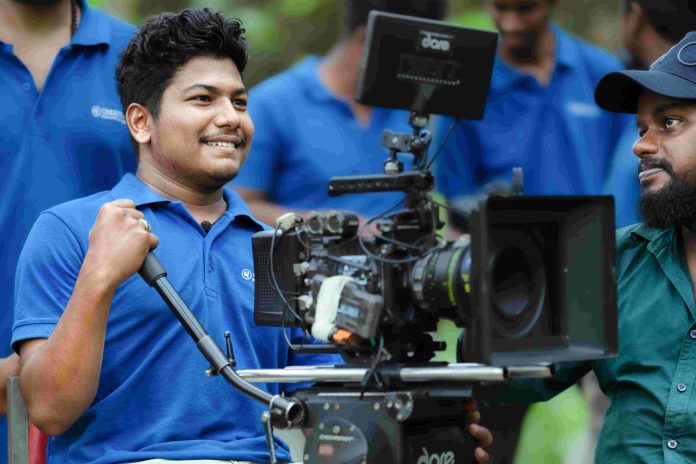Greetings from the intriguing realm of abstract photography! This innovative art style creates beautiful, non-objective visuals by fusing the creative vision of photography with the laws of chemistry and physics. This tutorial will take you through the fundamentals of abstract photography, its historical roots, and useful advice to get started with your own abstract compositions, whether you’re an aspiring photographer or an experienced art enthusiast.
Abstract photography: what is it?
Abstract photography is an intriguing genre where the emphasis is on shape, form, color, pattern, and texture rather than the accurate portrayal of objects. It is sometimes referred to as non-objective, experimental, or conceptual photography. Rather than using photographic technology and techniques to generate images that resemble paintings or sculptures, this type of photography challenges viewers’ preconceived notions about photography as a medium for replicating reality.
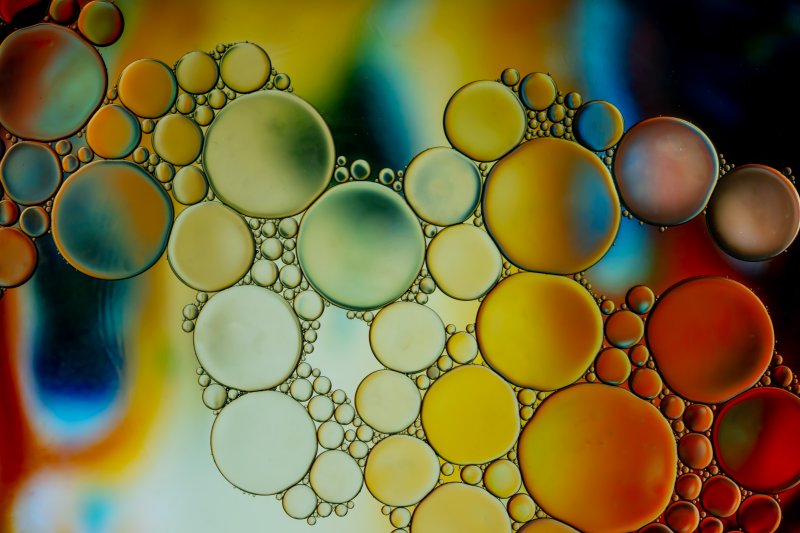
Small Wonders: Science Meets Art under the Lens
Historical Foundations: From Coburn to the Present
Early 20th-century pioneers like Alvin Langdon Coburn, who was among the first to purposefully create abstract photos, laid the groundwork for the development of abstract photography. As members of significant organizations like Photo Succession and the Linked Ring, Coburn and his peers pushed for the acceptance of photography as an art form, setting the stage for a new wave of abstract photographers.
The Art’s Scientific Basis
Abstract photography frequently necessitates a fundamental comprehension of the scientific theories underlying light, optics, and occasionally chemistry. For example, knowing how different light wavelengths react with different materials can help you produce captivating color effects in your shots.
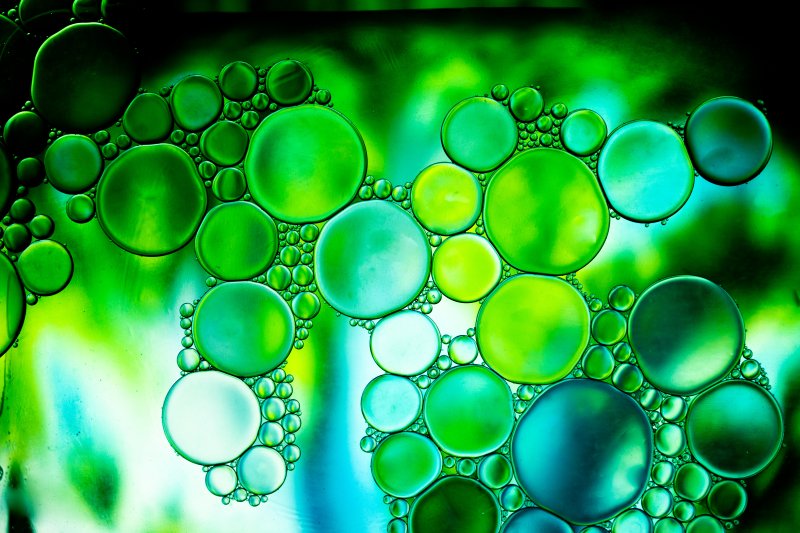
The Green Cell: A view of oil floting on water seems like a microscopic view
Crucial Tools and Configuration
Getting the correct tools is crucial before starting an abstract photography project. This could contain a tripod, different focal length lenses for your camera, and possibly some unusual instruments like prisms or glass objects for refraction effects.
Techniques to Learn: Oil and Bubbles
Using oil and water is a common technique in abstract photography. Capturing interesting forms and color’s can be achieved by carefully depositing oil droplets on the water’s surface and providing sufficient lighting. Similar to this, taking pictures of soap bubbles can produce surreal pictures with brilliant swirls and patterns.
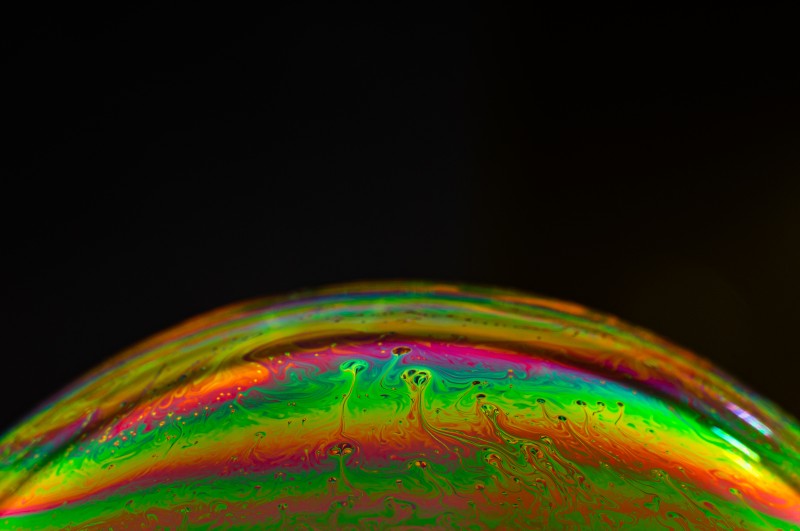
The Planet: The view of bubble like a planet
The Functions of Color and Light
The use of color and light is essential in abstract photography. Your compositions’ impact and atmosphere can be significantly altered by your understanding of and ability to work with light. There are a plethora of opportunities to explore when it comes to lighting, angles, and colored lights.
Architecture and Composition in Abstract Photography
The main idea behind abstract photography is to take a fresh look at the world. It entails spotting intriguing forms, textures, and patterns in commonplace items and environments. Making abstract photos that are visually appealing requires carefully arranging these components.
Overcoming Obstacles
It is possible for abstract photography to be both enjoyable and demanding. Talking about common challenges like staying creative, overcoming technical obstacles, and finding inspiration can be highly beneficial for both novice and experienced photographers.
Strategies for Post-Processing
Abstract photography heavily relies on post-processing. Here, you can add effects, tweak contrasts, or increase colors to highlight the abstract elements in your images. Gaining proficiency with editing tools can greatly improve your output.
Getting Ideas and Creating Style
Creating a distinctive look is essential in the field of abstract photography. This section can go into detail about how to develop a unique style that makes your work stand out, as well as how to get inspiration from the environment around you.
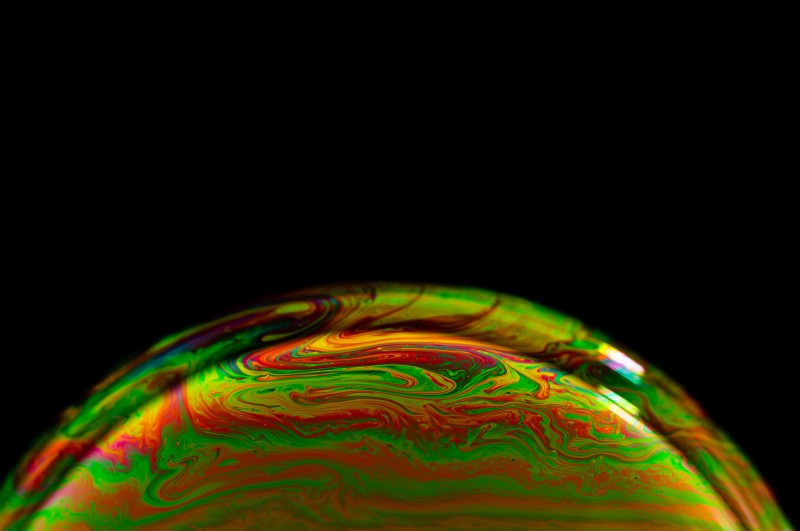
Striking: A mixtured vivew of colors
The Effects of Photography in Abstraction
Beyond only producing visually appealing shots, abstract photography has the power to stimulate the mind, arouse the senses, and expand the possibilities for visual narrative. Talking about how it affects spectators and the art world can be insightful.
Considerations: Legal and Ethical
Understanding the legal and ethical consequences of photography is critical, especially when photographing private property or individuals. Copyright laws, model releases, and ethical photographic methods can all be covered in this section.
Selling Your Abstract Work
This section would include tactics for marketing abstract photography, from developing a portfolio and utilizing social media to networking and seeking gallery representation, for individuals looking to turn their love into a profit.
Conclusion and Prospects for Abstract Photography
We’ll conclude by looking ahead to the future of abstract photography and discussing current trends, emerging technologies, and the possibilities for new and novel techniques.
What qualifies a picture as "abstract"?
When an image emphasises shape, form, colour, pattern, and texture over providing an accurate representation of reality, it is classified as abstract.
How can I begin taking abstract photos?
Look around you first for any intriguing details or patterns. Try out various compositions, lights, and materials. Learn the fundamentals of using your camera and experiment with different settings to see how they impact your photos.
Which settings are ideal for taking abstract photos?
The “best” settings vary depending on what you’re attempting to capture. But it’s important to have decent lighting and know how to use it to your advantage.
Do I require any specialised gear to take abstract photos?
A decent camera, a range of lenses, and maybe some objects to produce effects like prisms or mirrors can be useful, though they are not necessary.
In abstract photography, how significant is post-processing?
Enhancing or modifying your image’s colours, contrast, and composition through post-processing can bring out more of its abstract elements and can be a highly significant step in image processing.
Copyrights:
All the photos and text in this post are copyright of Sanal Sunny , Thrissur Creative Hut Institute of Photography and Film .Their reproduction, full or part, is forbidden without the explicit approval of the rightful owners.


